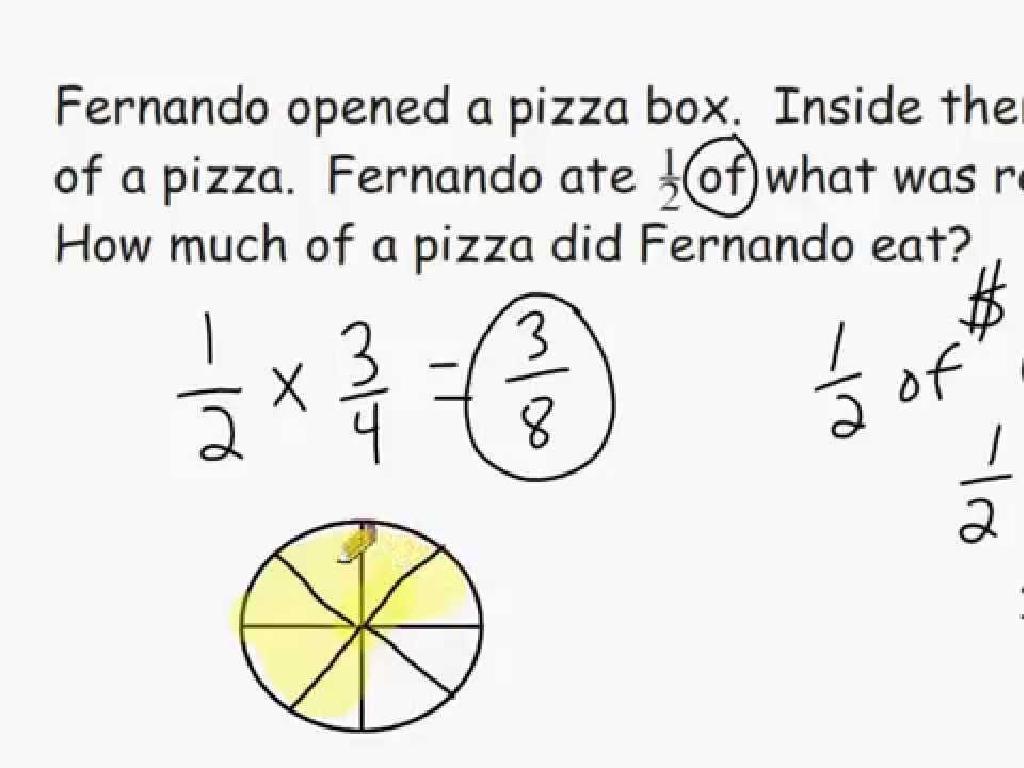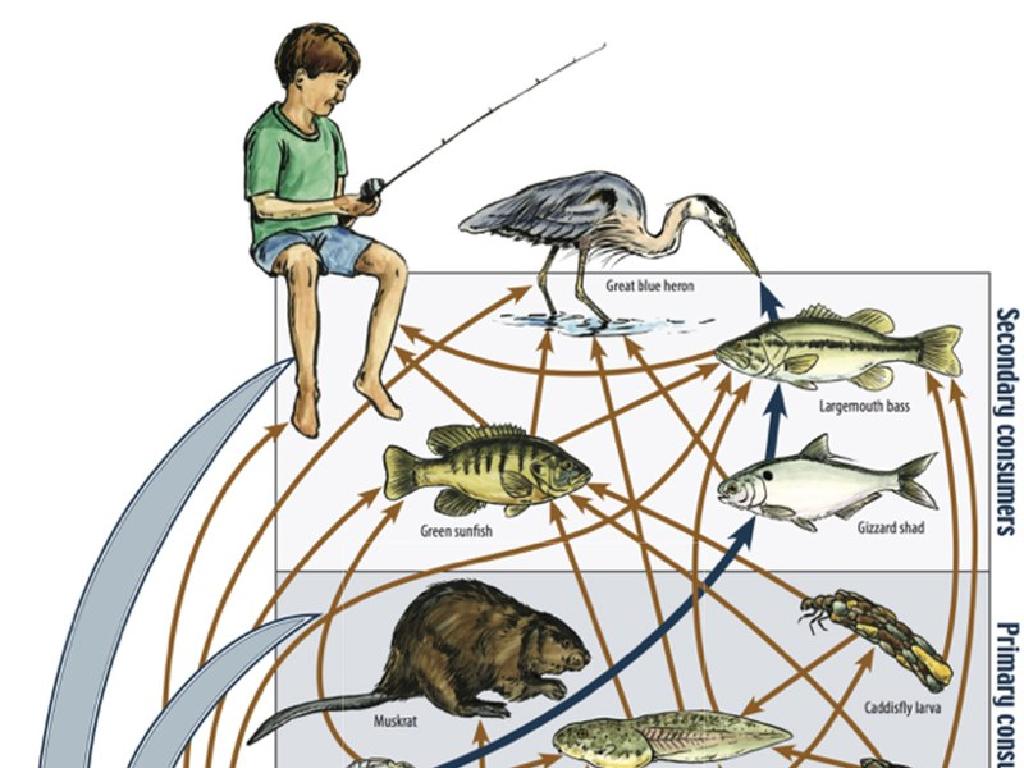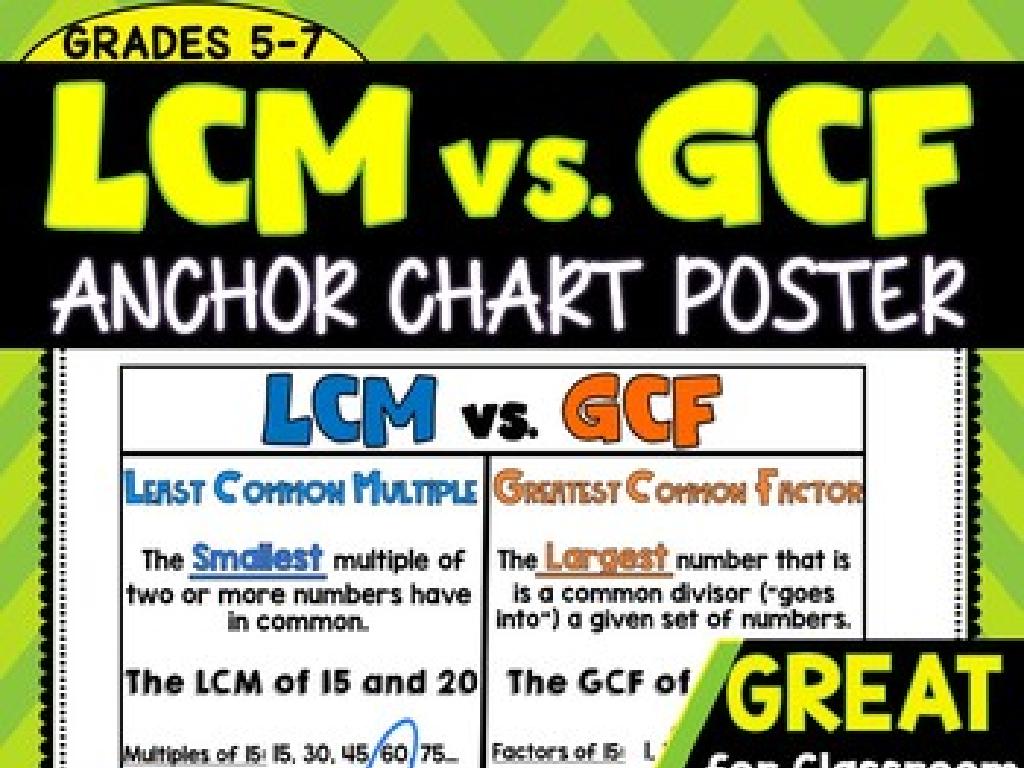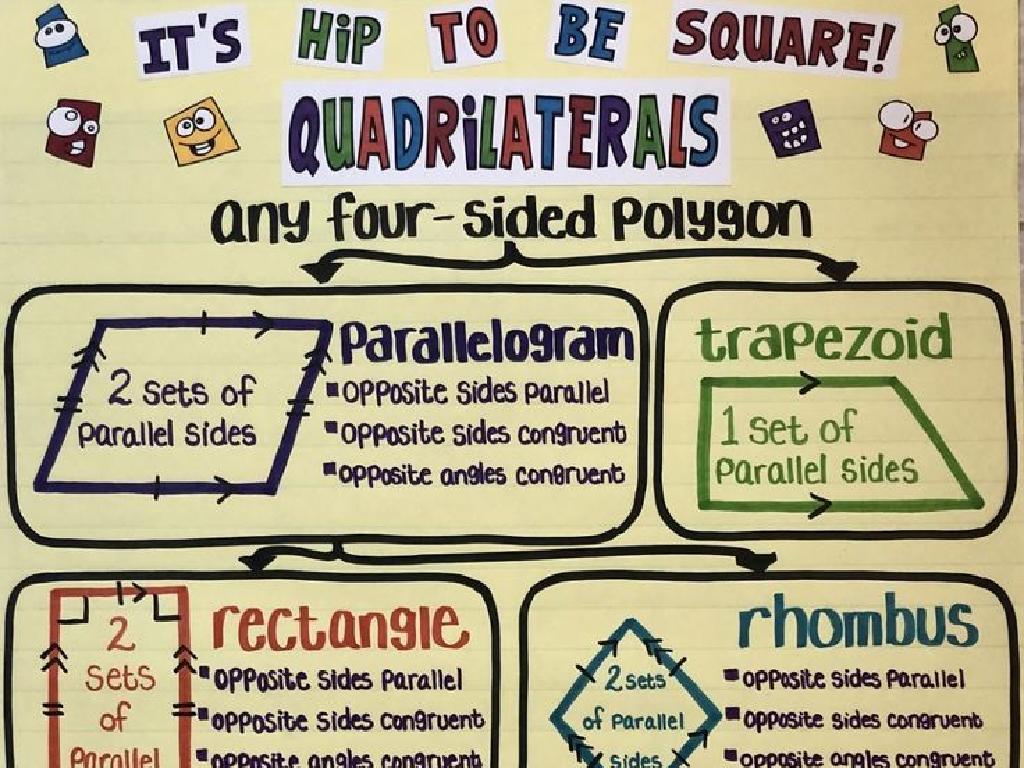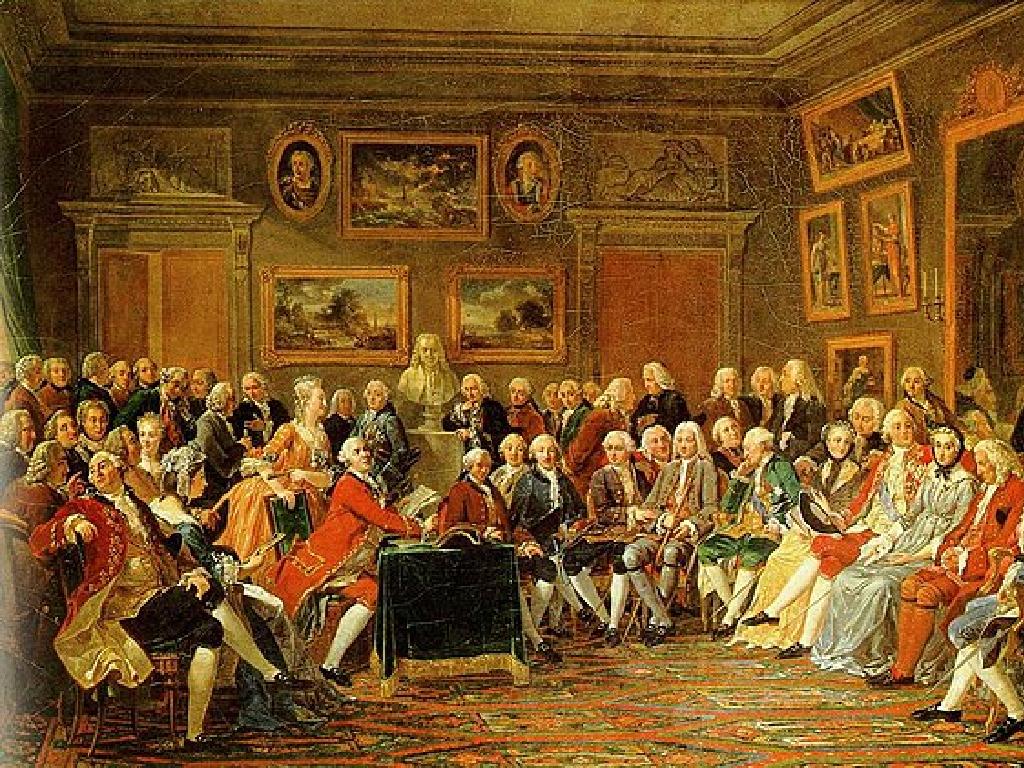Commas: Review
Subject: Language arts
Grade: Eighth grade
Topic: Commas
Please LOG IN to download the presentation. Access is available to registered users only.
View More Content
Welcome to Commas: Mastering Punctuation
– Comprehend punctuation significance
– Today’s spotlight: The Comma
– The role of commas in clarity
– Commas help separate ideas for understanding
– Commas’ impact on writing
– They prevent misinterpretations in sentences
|
This slide introduces the importance of punctuation, with a specific focus on the comma. It’s crucial for students to understand that punctuation is not just a set of arbitrary rules but a tool that enhances the clarity and meaning of their writing. Commas, in particular, play a significant role in structuring sentences and preventing ambiguity. Discuss examples of comma usage that change the meaning of sentences when omitted or misplaced. Emphasize how mastering commas can improve their writing skills and the reader’s comprehension. Encourage students to think of punctuation as a component of their writing that can dramatically affect how their message is received.
The Basics of Commas
– Understanding the comma
– A comma is a punctuation mark used to indicate a pause.
– Comma’s role in sentences
– It separates ideas, lists, and clauses in a sentence.
– Commas for pause and clarity
– Commas help readers understand sentences by breaking up text.
– Practice with examples
|
This slide introduces the basic concepts of comma usage to the students. Start by defining a comma and its general purpose in writing. Explain how commas can change the structure of a sentence and how they can be used to separate items in a list, independent clauses, and introductory elements. Emphasize the importance of commas in clarifying the meaning of sentences and preventing misinterpretation. Provide examples of sentences with and without commas to illustrate the difference in clarity and meaning. Encourage students to practice using commas by writing their own sentences and identifying where commas are needed for clear communication.
Commas in Lists
– Use commas to separate items
– Example: Red, White, and Blue
– Colors in the flag: Red, White, and Blue
– Clarify complex lists with commas
– Commas prevent misreading of items that belong together
– Practice with different lists
– Create a list of favorite foods, hobbies, or books
|
This slide focuses on the use of commas in lists, which is a fundamental aspect of punctuation in English grammar. Students should understand that commas are used to separate individual items within a series to improve clarity. For example, the colors of the American flag are listed with commas as ‘Red, White, and Blue.’ Emphasize the Oxford comma (the comma before ‘and’ in a list) and its role in preventing confusion, especially in complex lists with multiple items that could be grouped in various ways. Encourage students to practice by writing their own lists, considering how the absence or presence of a comma can change the meaning or clarity of the list. This exercise will help them grasp the importance of commas in written communication.
Commas with Coordinating Conjunctions
– Joining independent clauses
– FANBOYS: For, And, Nor, But, Or, Yet, So
– Example of using a comma
– ‘I wanted to buy the chocolate, but it was too expensive.’
– Practice crafting sentences
– Create your own sentences using FANBOYS with commas
|
This slide focuses on the use of commas when joining two independent clauses with coordinating conjunctions, known as FANBOYS. An independent clause is a group of words that can stand alone as a sentence. When two independent clauses are combined into one sentence with a coordinating conjunction, a comma is typically placed before the conjunction. The example provided illustrates the correct placement of a comma before ‘but,’ which is one of the FANBOYS. Encourage students to think of their own examples and to practice writing sentences that use FANBOYS with commas. This will help reinforce their understanding of the rule and improve their writing skills.
Commas with Introductory Elements
– Setting the stage with commas
– Commas introduce the main clause, like setting a scene in a play.
– Example: After the show, dinner
– ‘After the show’ sets the time before ‘we went out for dinner.’
– Why commas are essential
– It separates introductory elements from the main clause, preventing confusion.
– Practice identifying introductory elements
– Find sentences with introductory phrases and apply commas correctly.
|
This slide focuses on the use of commas after introductory elements in sentences. Emphasize that introductory elements set the stage for the main action of the sentence, much like a backdrop in a theater. Provide the example given and explain how the comma after ‘After the show’ clarifies that the main action ‘we went out for dinner’ follows the event of the show. Discuss the importance of the comma in preventing misreading or confusion. Encourage students to practice by identifying introductory elements in sentences and using commas to separate them from the main clause. This will help reinforce their understanding of the structure and flow of sentences.
Commas with Nonessential Information
– Commas add extra details
– Use commas to insert additional information without changing the sentence’s meaning.
– Nonessential vs. Essential clauses
– Nonessential clauses are not crucial to the main point; essential clauses are.
– Example: My brother, who is a chef
– ‘who is a chef’ is extra information that can be removed without losing the sentence’s main idea.
– Practice distinguishing clauses
|
This slide aims to teach students how to use commas to set off nonessential information in a sentence. Nonessential clauses, which can be removed without altering the meaning of a sentence, should be surrounded by commas. Essential clauses, on the other hand, are integral to the sentence’s meaning and do not require commas. Use the example provided to illustrate how the clause ‘who is a chef’ adds interesting information about the brother but is not necessary to understand that he makes delicious meals. Encourage students to practice by identifying nonessential and essential clauses in sentences and using commas appropriately. Provide additional examples and exercises to reinforce the concept.
Common Comma Mistakes
– Understanding the comma splice
– A comma splice connects two independent clauses without a conjunction.
– Avoiding unnecessary commas
– Use commas to separate, not to add pauses.
– Practice: Correcting errors
– We’ll identify errors in sentences and fix them together.
– Tips for comma usage
|
This slide addresses frequent issues students encounter with comma usage. A comma splice occurs when two independent clauses are joined by a comma without an accompanying conjunction, which can be corrected by adding a conjunction or using a period. Unnecessary commas often disrupt the flow of a sentence and can be removed for clarity. The practice activity will involve students working through examples to identify and correct these common errors. Provide clear rules and examples for when to use commas, such as in lists, to set off introductory elements, or to separate clauses. Encourage students to explain why a comma is or isn’t needed in each example.
Let’s Practice Together: Commas
– Engage in an interactive comma exercise
– We’ll work through examples together on the board
– Apply comma rules we’ve learned
– Use comma rules in sentences you create
– Get ready for a group activity
– Form groups and discuss comma placement
|
This slide is designed to be interactive and collaborative, allowing students to apply their knowledge of comma usage in real-time. Begin with a group exercise on the board, where students can come up and add commas to complex sentences. Then, have students create their own sentences using the comma rules they’ve learned, focusing on areas like listing items, separating clauses, and setting off phrases. Finally, prepare for a group activity where students will work in small teams to correct paragraphs with missing commas. This will help reinforce their understanding and allow them to learn from each other. Provide guidance and support throughout the activities, and ensure each student has the opportunity to participate.
Class Activity: Comma Workshop
– Break into small groups
– Review passages for commas
– Look for missing or misplaced commas
– Edit passages for correct usage
– Apply rules of comma usage while editing
– Share edits with the class
– Discuss why changes were made
|
This activity is designed to reinforce the students’ understanding of comma usage through practical application. Divide the class into small groups to foster collaboration. Provide each group with passages that have comma errors. Students will review and edit these passages, focusing on correct comma placement according to the rules they’ve learned. After editing, each group will share their corrected passages with the class and discuss the rationale behind their edits. This peer learning experience will help solidify their grasp of comma rules. Possible activities: 1) Editing a story passage, 2) Correcting a letter, 3) Reviewing a list of items in a sentence, 4) Editing dialogue in a script.
Wrapping Up: Commas and Practice
– Recap today’s comma rules
– Understand the value of practice
– Homework: Craft a paragraph
– Write a short paragraph on any topic.
– Use commas correctly
– Include commas for lists, conjunctions, and clauses.
|
As we conclude today’s lesson on commas, it’s crucial to review the rules we’ve covered. Emphasize the importance of regular practice to master comma usage. For homework, students are tasked with writing a paragraph on a topic of their choice, ensuring they apply the comma rules learned. This exercise will help reinforce their understanding and provide a practical application of the rules. Encourage creativity and remind them to use commas to separate items in a series, connect independent clauses with conjunctions, and set off nonessential clauses or phrases. During the next class, we can review some of the paragraphs to highlight correct usage and discuss any challenges faced.

